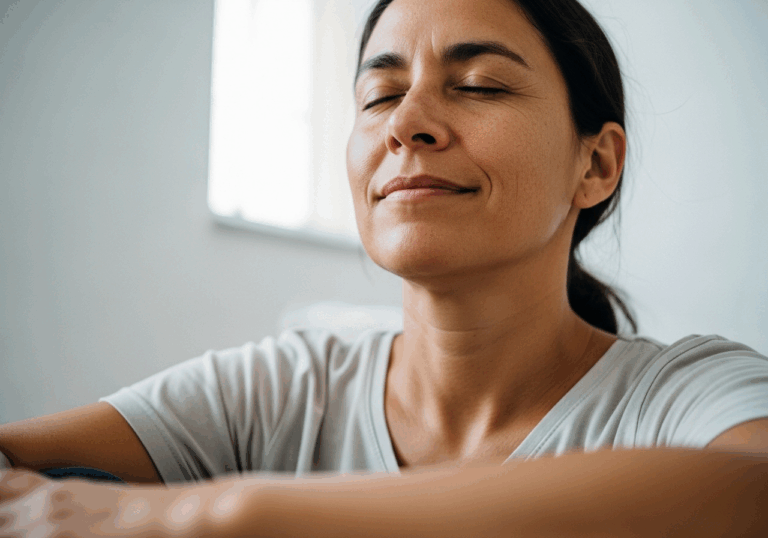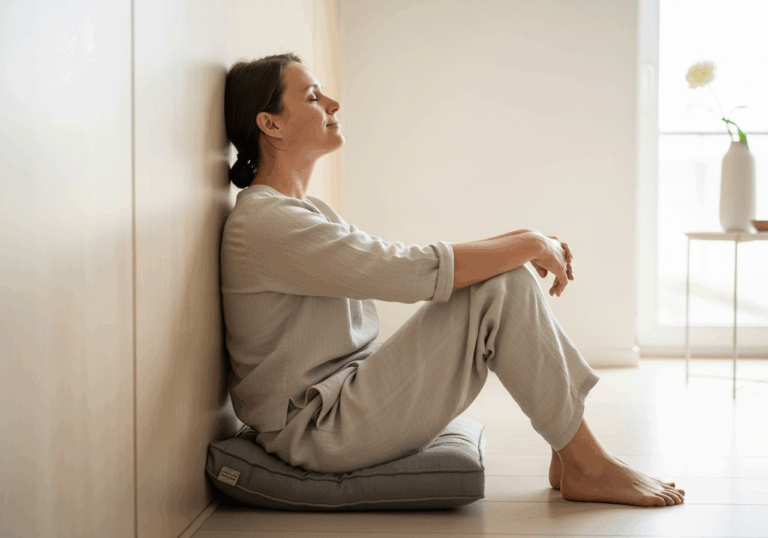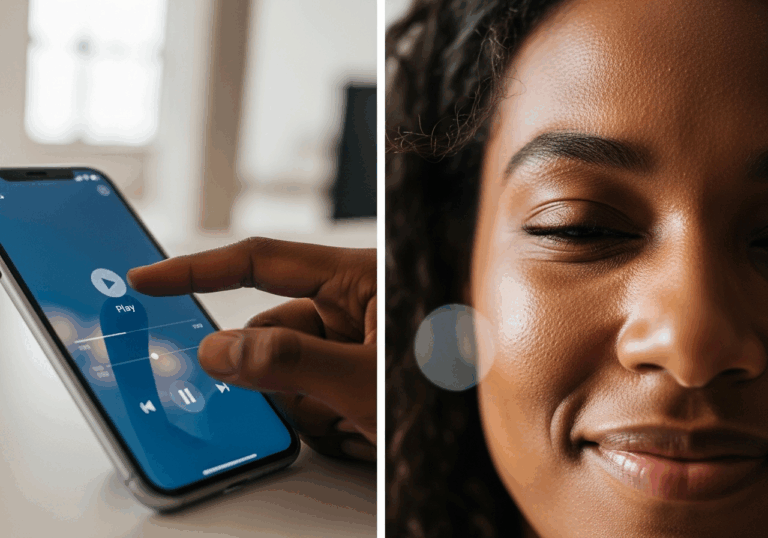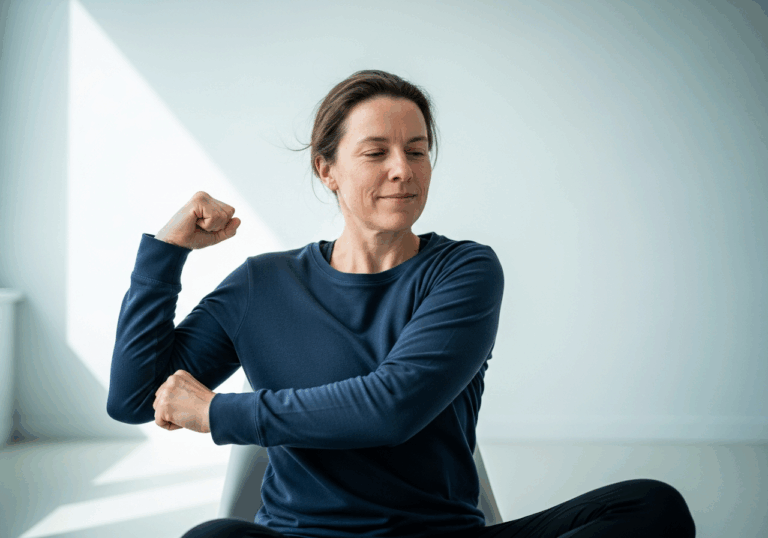Science-Backed Tips
Boost Your Mood with Daily Relaxation Techniques
20% increase in heart rate variability enhances emotional resilience.
📊 Did you know?
💡 Why It Matters
1️⃣
Improved HRV is associated with better emotional regulation, which can lead to reduced anxiety and stress.
2️⃣
A 20% increase in HRV can enhance overall mood stability, contributing to better mental health outcomes.
3️⃣
Regular practice of PMR and slow breathing may reduce healthcare costs associated with stress-related disorders.
✅ Try These Micro-Tips
🎯
Practice PMR and slow breathing for 20 minutes daily.
🎯
Incorporate these techniques into your morning routine for consistent benefits.
🎯
Track your HRV using a wearable device to monitor progress.
🎯
Join a guided session or use an app to enhance your practice.
📚 The study
This enhancement in HRV is significant as it indicates improved autonomic flexibility, which is closely linked to better emotional regulation and mood stability.
With higher HRV, individuals may find themselves better equipped to manage stress and anxiety, leading to a more balanced emotional state.
The implications of this study are profound, suggesting that regular practice of PMR and slow breathing techniques not only fosters mental well-being but could also potentially reduce healthcare costs associated with stress-related disorders.
By incorporating these practices into daily routines, individuals can take proactive steps towards enhancing their mental health and overall quality of life.
This study highlights the importance of simple yet effective techniques in promoting emotional resilience and stability, making it a valuable resource for anyone looking to improve their mental health through accessible methods.
❓ Frequently Asked Questions ❓
Learn more
What is PMR?
PMR stands for Progressive Muscle Relaxation, a technique that involves tensing and then relaxing different muscle groups. It helps reduce stress and improve emotional regulation by promoting relaxation in the body.
How does slow breathing affect heart rate variability (HRV)?
Slow breathing techniques can enhance heart rate variability by promoting autonomic flexibility. This increased HRV is associated with better emotional regulation and mood stability.
What was the duration of the study on PMR and slow breathing?
The study involved healthy adults practicing PMR and slow breathing daily for approximately 77 days. This consistent practice led to a significant increase in heart rate variability.
What was the percentage increase in HRV observed in the study?
The study found that heart rate variability increased by approximately 20% after 77 days of daily practice. This improvement indicates enhanced emotional regulation and mood resilience.
How can improved HRV benefit mental health?
Improved heart rate variability is linked to better emotional regulation, which can reduce anxiety and stress levels. This contributes to overall mood stability and better mental health outcomes.
How long should I practice PMR and slow breathing each day?
It is recommended to practice PMR and slow breathing for about 20 minutes daily. Consistent practice can lead to cumulative benefits over time.
Can I track my HRV progress?
Yes, you can monitor your heart rate variability using a wearable device designed for this purpose. Tracking your HRV can help you assess the effectiveness of your PMR and breathing practices.
What are some ways to enhance my PMR and breathing practice?
Joining a guided session or using a dedicated app can enhance your PMR and breathing practice. These resources often provide structured guidance and support for better results.
What are the potential healthcare cost benefits of practicing PMR and slow breathing?
Regular practice of PMR and slow breathing may lead to reduced healthcare costs associated with stress-related disorders. By improving emotional regulation and reducing anxiety, these techniques can decrease the need for medical interventions.
How can I incorporate PMR and slow breathing into my routine?
Incorporating PMR and slow breathing into your morning routine can help establish a consistent practice. Setting aside dedicated time each day can maximize the benefits of these techniques.





